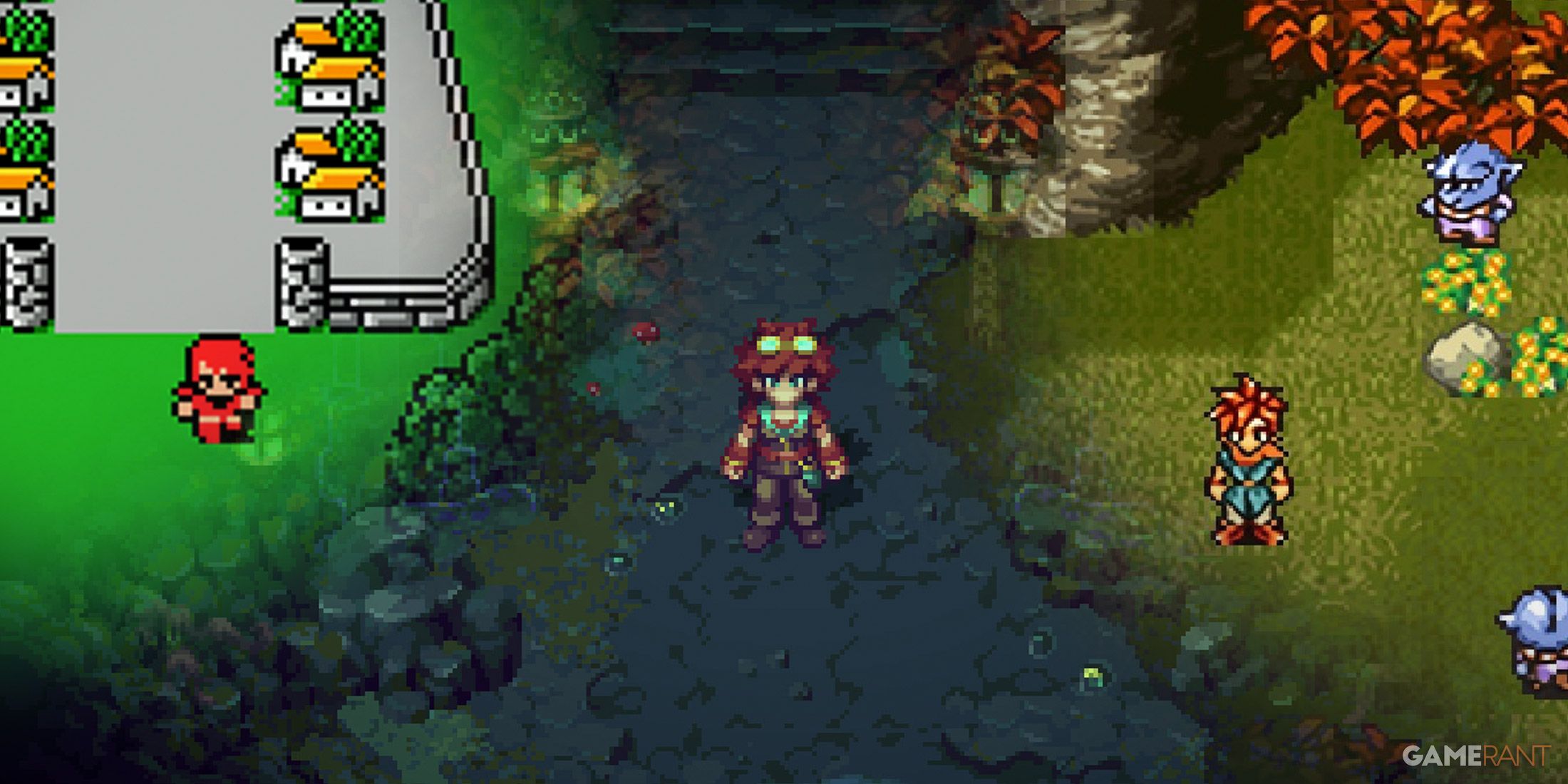
The Kickstarter-funded Forge of the Fae is shaping up to be a treat for fans of classic JRPGs like Chrono Trigger and old-school Final Fantasy.
A rebirth of traditional JRPG staples seems to be on the horizon, and Forge of the Fae could be the next major title to crest over that hill. The Kickstarter-backed indie project is channeling the gameplay, art style, and overall flair of genre-defining turn-based RPGs like Chrono Trigger and the original Final Fantasy games, when they were still pixelated, colorful, and lacking real-time combat.
Forge of the Fae will be the debut title from Wyoming-based developer Datadyne—a company with no relation to the Perfect Dark corporation of the same name. The game is being described as a retro-modern RPG, clearly drawing from a wealth of classic influences while still aiming for at least some innovation within the genre space. In this way, the game may be likened to other breakout turn-based RPG hits of the past few years, namely Sea of Stars and Octopath Traveler, which leverage the lessons of their inspirations to create something new that goes beyond the realm of nostalgia bait. If Forge of the Fae turns out to be as good as its trailers and playable content suggest, then it could sit among these contemporary indie darlings when it eventually releases.
One look at Forge of the Fae is all it takes to see the clear influences of games like Chrono Trigger: its stunning 16-bit visuals leverage bright colors, pastoral landscapes, and simple, effective character design to paint a compelling aesthetic collage. Like many other retro-modern indie games, more modern VFX, including simulated light rays and particle effects, are layered on top of these older graphics, adding texture and depth to its 1990s visual foundations. But while Forge of the Fae is certainly pretty, its invoking of classic JRPGs doesn't end at the surface-level; it's gameplay and narrative seem to draw from that well too.
Forge of the Fae is set in an alternate vision of the real world, where magic and technology coalesce, forming the backbone of civilization. Players assume the role of an inventor named Fiora who sets out on a journey to uncover a mysterious phenomenon causing people to disappear amidst a period of civil unrest. Described as a "story-first" game on its Kickstarter, Forge of the Fae promises to tell a classic tale of adventure and intrigue while allowing player choice to shape the narrative.
Gameplay is also a clear sign of Forge of the Fae's classic influences. Turn-based combat with an emphasis on party composition and stat-tweaking is ostensibly central to the gameplay loop, and environmental exploration will fill many of the interactive gaps between fights. While it probably won't approach the scale and variety of something like Final Fantasy 7 Rebirth, minigames appear to play a role in the game as well, which will hopefully offer meaningful variety.
When discussing what makes Forge of the Fae different from other RPGs, its reverence for Celtic culture must be pointed out. The visual design of the game world, including both urban and untamed areas, are explicitly reminiscent of 19th-century Ireland, and much of its mystical lore is inspired by Celtic mythology as well. Specifically, the titular "Fae" world featured in the game draws heavily from Irish folklore, making for a decidedly unique JRPG premise. Time will tell what Forge of the Fae will look like upon release, but its unique blend of classic gaming and real-world influences certainly has the potential to make it something special.
Bản xem trước mở rộng – Nội dung chưa đầy đủ.